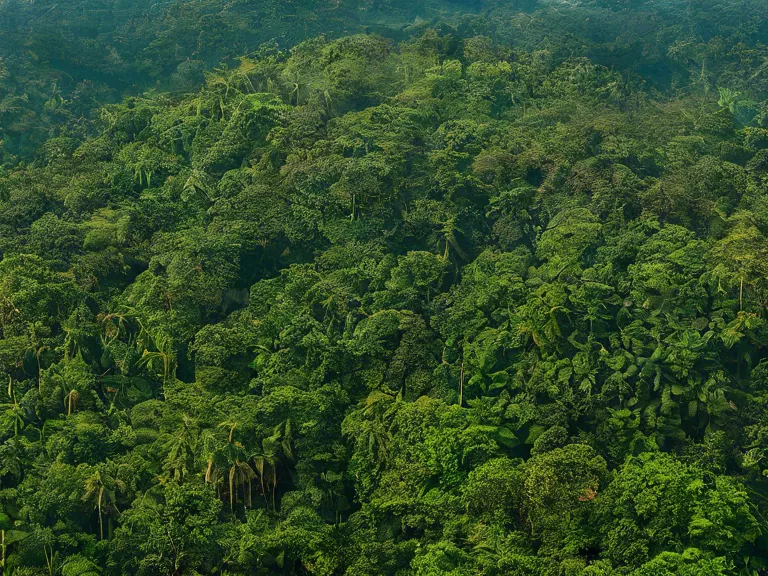
In a world facing increasing environmental challenges, the power of data in monitoring deforestation has become an essential tool in protecting our forests. Technology, specifically satellite imagery and data analytics, has revolutionized the way we track and combat deforestation on a global scale.
Satellite imagery provides valuable information on forest cover, land use changes, and illegal logging activities. By analyzing this data, researchers and environmentalists can pinpoint areas experiencing high rates of deforestation and take action to protect these vital ecosystems. Additionally, advanced data analytics allow us to predict future deforestation trends, enabling early intervention and conservation efforts.
One of the key benefits of using data to monitor deforestation is the ability to create real-time monitoring systems. This means that we can track changes in forest cover as they happen, allowing for immediate response to illegal logging or encroachment. By leveraging the power of technology, we can protect our forests more effectively and efficiently than ever before.
The data collected through monitoring efforts also plays a crucial role in advocacy and policy-making. By presenting policymakers with concrete evidence of deforestation rates and patterns, we can push for stronger regulations and enforcement measures to combat this environmental threat. Data-driven decision-making ensures that our efforts to protect forests are backed by science and are focused on the areas that need it most.
As we continue to witness the devastating impacts of deforestation, it is clear that the power of data is essential in monitoring and combating this threat. By harnessing the capabilities of technology, we can ensure the preservation of our forests for future generations.

